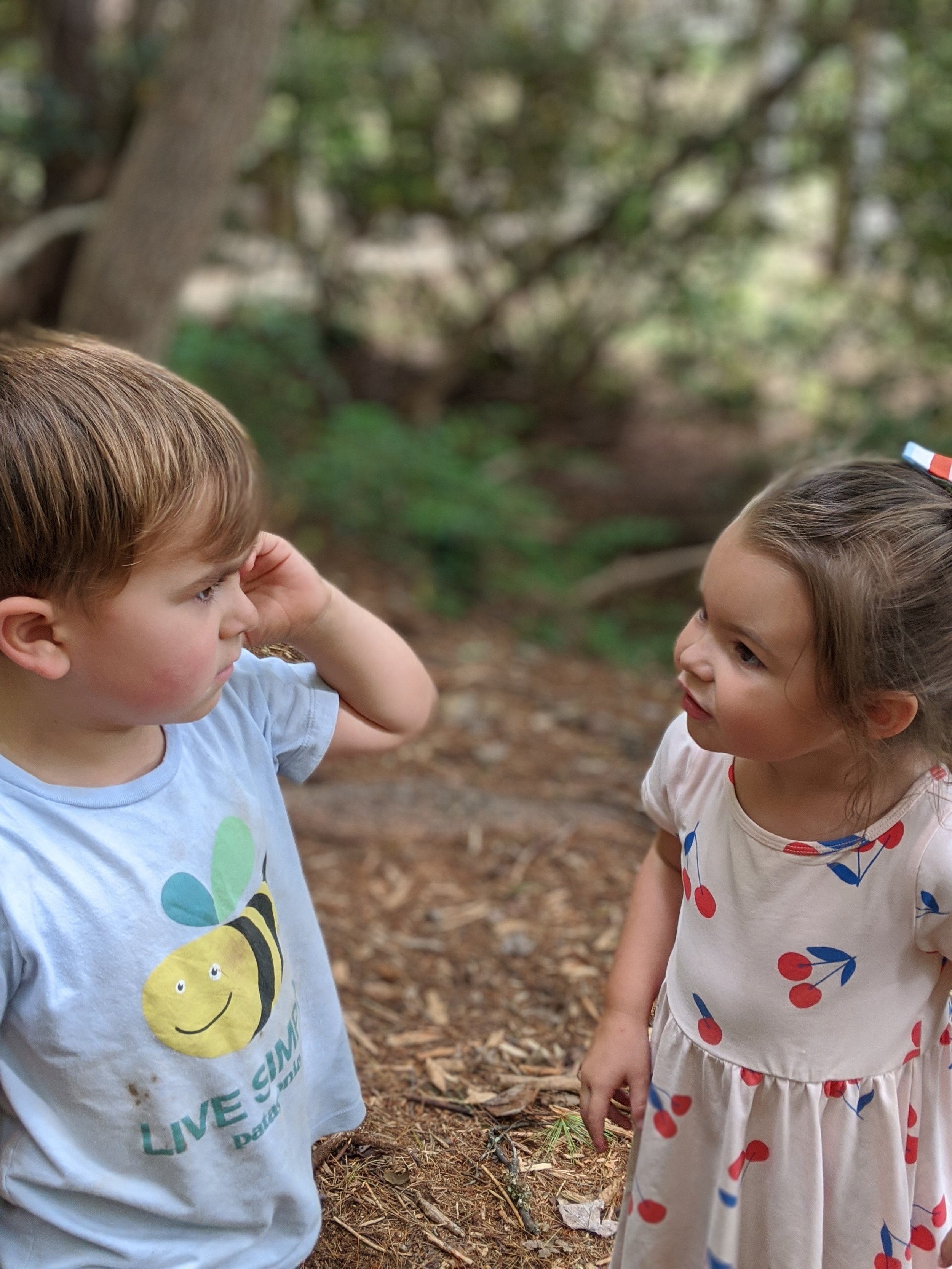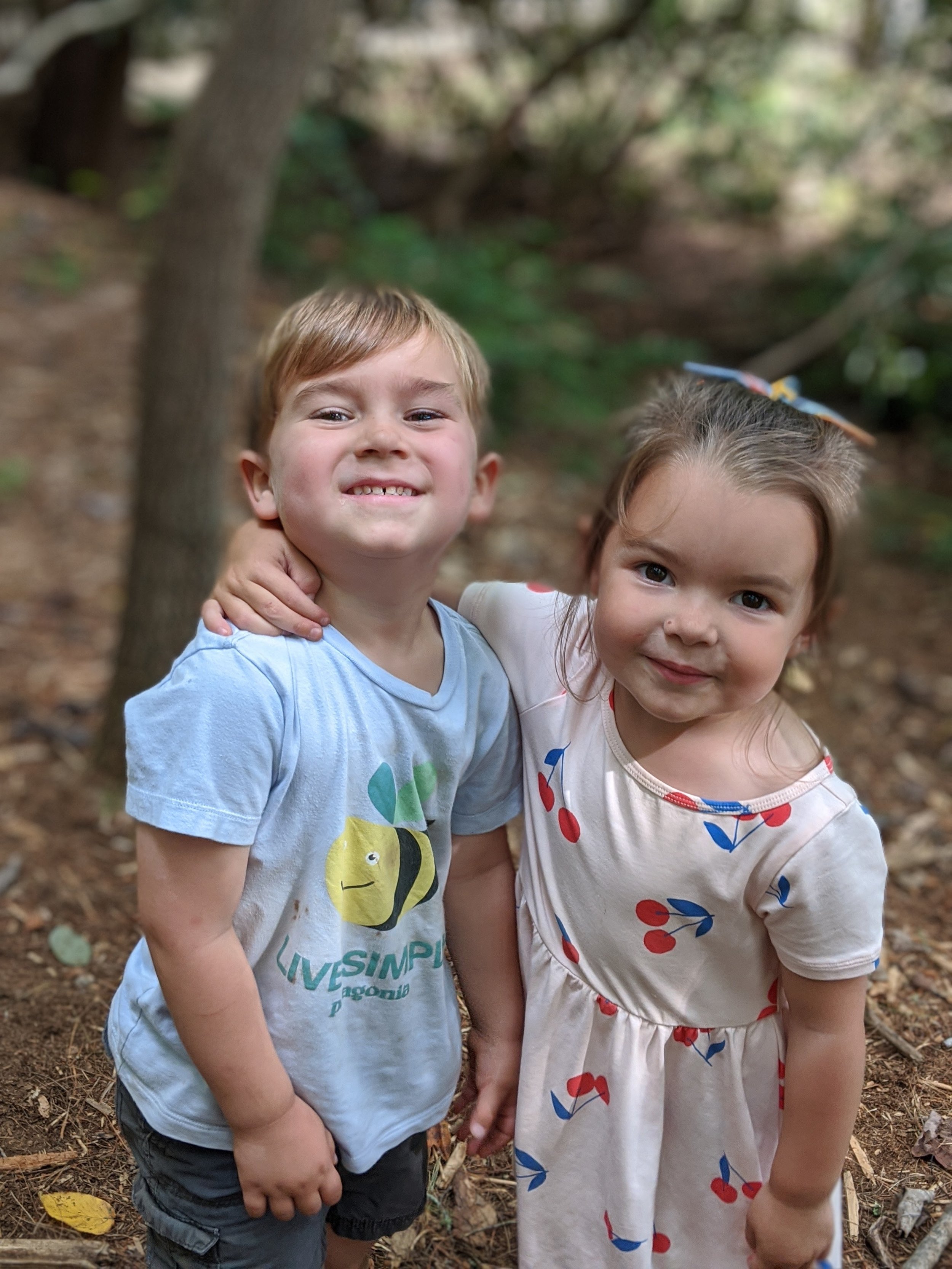How To Do A Peace Talk
“If there is to be peace in the world, there must be peace in the nations. If there is to be peace in the nations, there must be peace in the cities. If there is to be peace in the cities, there must be peace between neighbors. If there is to be peace between neighbors, there must be peace in the home. If there is to be peace in the home, there must be peace in the heart. ”
When there is a conflict in the Primary classes, the Peace Talk is used. For the youngest children in our community who are just learning empathy and compassion, the process of voicing feelings, apologizing, and hearing their actions had an effect on others affords youngsters the tools to practice compassion until they are cognitively capable of being compassionate.
“Need is defined as a motivating force that compels action for its satisfaction. Needs range from basic survival needs (common to all human beings) satisfied by necessities, to cultural, intellectual, and social needs (varying from place to place and age group to age group) satisfied by necessaries. Needs are finite but, in contrast, wants (which spring from desires or wishes) are boundless.”
For younger children, a mediator steps in to guide the conversation through the steps. The ultimate goal is for children to become so comfortable with this practice that they are able to have these difficult conversations independently as they get older. (Imagine all of the times when adults would benefit from having this skill ingrained in their memory!)
The Mountain Sun faculty and staff recently met to review this important technique so that we are all applying it in the same manner. It was a great practice and review session! We also pass this information along to our parents so that they can help familiarize their children with the Peace Talk process outside of school and continue parallel reinforcement.
Steps In A Peace Talk:
Consider this possible (and likely!) scenario to act out and practice: a friend asks to sit with a child at lunch. The child looks at the first friend, but then turns to a different friend and asks to sit with them instead. Think about each step and take note of places where the conversation might get caught up.
1. Cool down
Count, breath, close your eyes
Press pause until a later time if necessary
Consider that it takes 30 minutes for cortisol (the “fight or flight” hormone) to metabolize in the brain and dissipate!
2. Identification of the conflict
Address only one conflict at a time (“Help me understand…”)
Only 1:1 - if more people are involved, have the child work with one person, then repeat the process with the next person
Use “I” statements
Watch out for power seekers who are trying to control a situation and hold the accused person “hostage” from continuing to play/work
Have the listener repeat what he/she heard and the speaker confirm or restate the conflict
3. Share feelings
Original instigator of the “peace talk” begins using “I” statements, remembering that all emotions are okay and that they are yours
Repeat and confirm by listener
Listener identifies their intention
This may be where an apology comes into play, which is not necessary in a Peace Talk but okay to include if it is sincere
Keep it simple and remember only one conflict at a time
4. Brainstorm alternatives
All (respectful) ideas are good ones
5. Choose the alternative
“Next time I feel this or see this, I will…”
6. Affirm your partner
This needs to be about the person’s self rather than what they look like or act like
May be a handshake, a smile, a hug, words, etc.
Closure is important (“Thank you for talking to me and listening.”)
The most important part of the Peace Talk is step #3. Each person needs to repeat the others words and feelings of the other for both to feel validated. Then, the accused is given the opportunity to answer the question, “Did you mean to hurt the other person in this way?” This provides a way for both parties to hear the intention of the action, learn from it and be able to move forward.
Resources:
Use this activity to strengthen understanding and alternative perceptions. Think about a previous conflict and reevaluate it with compassion and notice if the views of the conflict or the people involved changes.




